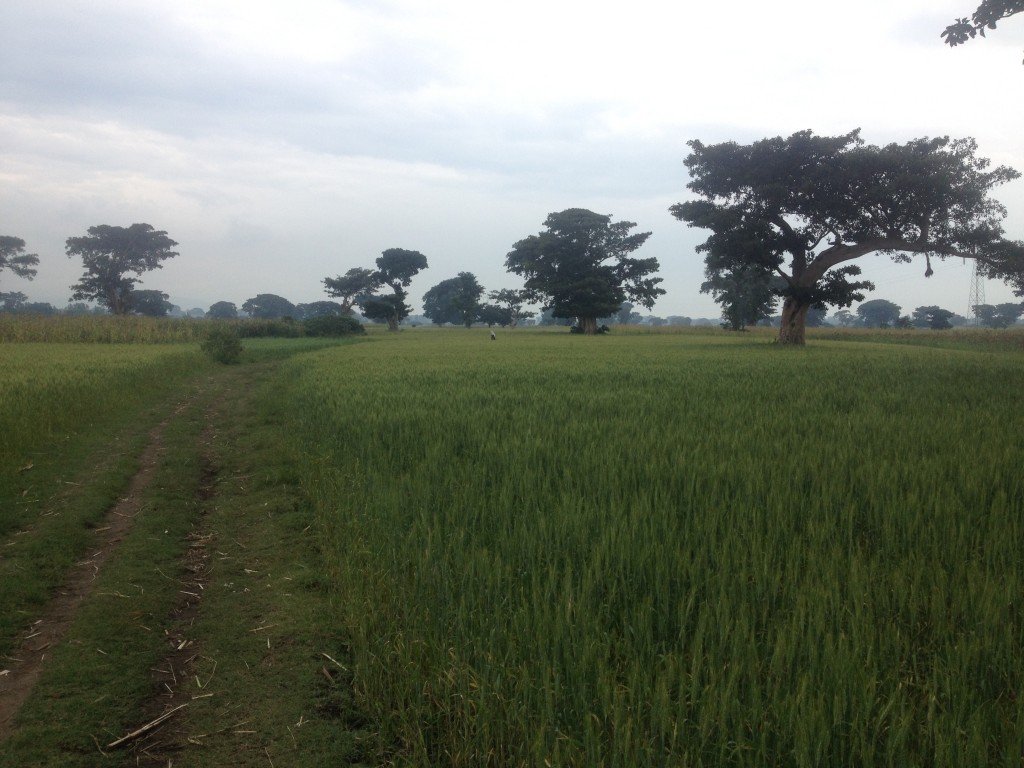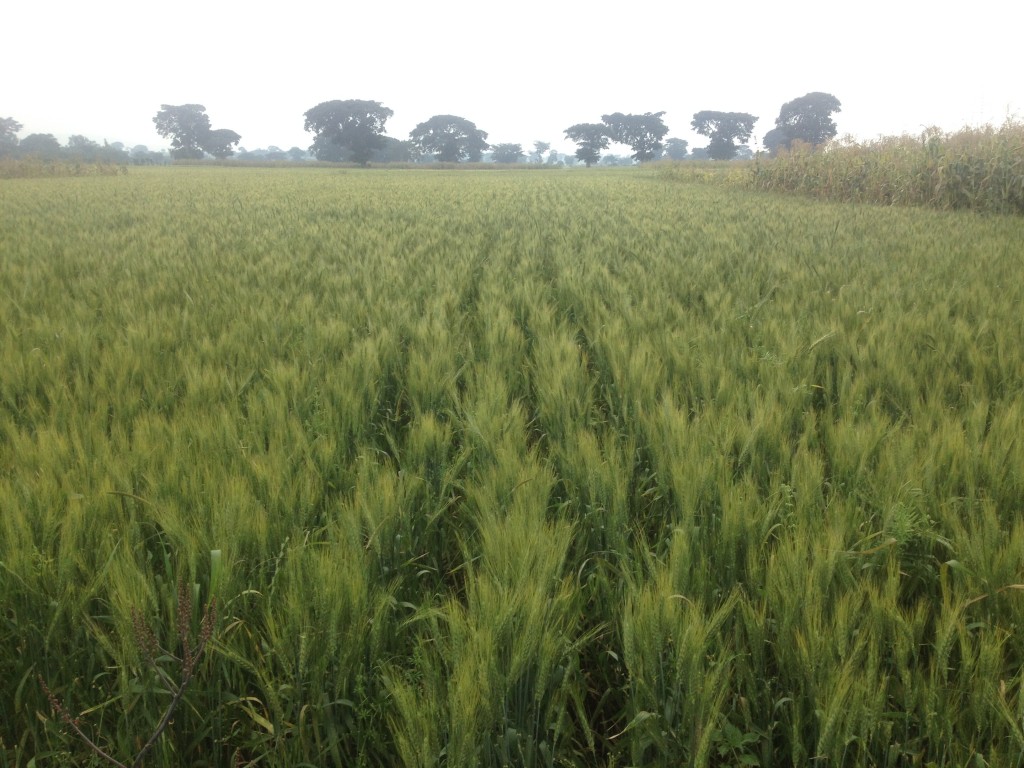Following successful CES Unveiled events in London, Paris, and Tel Aviv – I spent 3 days in Ethiopia. It was my first trip back to Africa since 1999 when I was in Egypt and it was really my first trip deeper into the heart of Africa’s Africa.
A few quick thoughts from my three short days there.
Africa is Massive. The land mass is overwhelming. You know it intuitively. But only really grasp the enormity by being there. China is 3.75M square miles. The United States is 3.79M square miles. Africa is 11.76M square miles.
Africa is Growing. Certainly no surprise to anyone. Africa is growing. Ethiopia is growing. Ethiopia’s GDP is averaging 10-11 percent annual growth over the last decade. This growth – itself a confluence of factors – is producing numerous intersecting outcomes.
Africa is in transition. As a result of its growth, Ethiopia and Africa broadly are transitioning quickly. This was clear in Addis where you’d catch glimpses of goats being herded across busy city streets.
China is colonizing Africa. Of course I’m not suggesting colonization in the traditional sense, but the presence of China was felt during my three days in Ethiopia. I saw a number of Chinese facilities. I saw hospitals built by the Chinese. I saw Chinese cement factories. I was told the major road project outside of Addis had been completed by the “Chinese.”
A few personal observations:
Americans generally misunderstand the geography of Ethiopia. Americans generally recall the numerous commercials from the 1980s depicting a country ravished by drought and as a result I think many picture an arid country. While it is true that over 400,000 died during the widespread famine that affected Ethiopia and Eritrea from 1983 to 1985, I think most Americans fail to recognize the influence government policies and human rights abuses had – causing the famine to come earlier, strike harder, and extend further. I flew into Addis, but traveled as far south as Hawassa into the Great Rift Valley. I was surprised by the tropic-like environment – with a large number of lakes and rivers.
Addis is the 3rd highest capital in the world and walking towards the outskirts of the city by the U.S. embassy, you could feel (and see) the gain in elevation. Ethiopia has peaks over 14,000 feet, but surprisingly these never appear to get snow.
Diffusion of innovation in practice. In Ethiopia I traveled to a small village outside of Shashemene. There a farmer walked me around his assorted plots of land where he was growing a number of grains (teff) and vegetables (corn). He showed me a “new” form of planting he had learned from a few Americans involved in agriculture and he had began employing the “new” practice in the last year or two. He told me Ethiopian farmers typically employed broadcast sowing where the seed is spread across the field. The “new” form he showed me was row sowing where the seeds are planted in rows. He said the yields for this “new” form of planting are much better than broadcast sowing and he was teaching other farmers how to do it. Of course, American agriculturalists have known this for sometime and the technique has even been diffused for decades to backyard family gardens.




